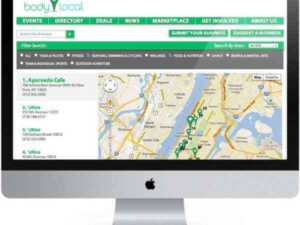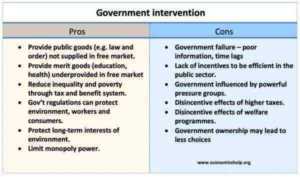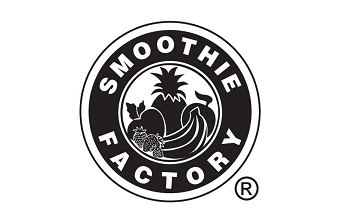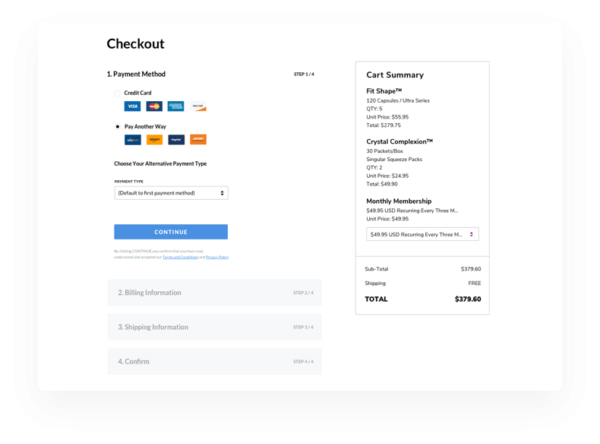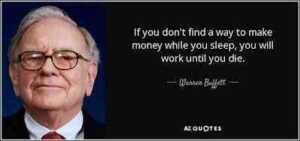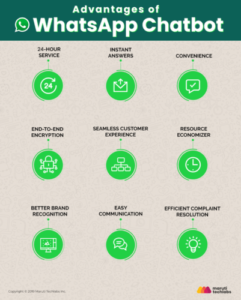The eMarketer report showed that the growth rate of car sales and auto parts sales in 2020 will decrease by 0.3%, according .. Competition in the automotive industry is getting more intense every day, which makes it difficult for car dealers to develop their business. With more innovative car models on the market, the entire sector is rapidly changing.
For this reason, dealerships must not only implement marketing strategies in their trade, but also have a good knowledge of how the business is developing. Understanding each stage of business development and preparing for the test in advance will help you never let your business grow slower, regardless of current industry statistics.
Starting or introductory stage
The startup phase is the most exciting but also stressful for any business. Startups face many challenges at this stage, but you must focus on finding and acquiring customers, positioning yourself in the market, and managing your finances. In the automotive industry, it’s all about promoting a product and highlighting the aspects that make it unique. For example, you can talk about technical features like voice recognition, infotainment, fuel economy, and remote control to engage customers.
Early growth stage
For the growth or survival stage, create a realistic marketing budget. Ideally, you will have high profits at this stage, but the competition will also be fierce. Consumers will buy cars in large quantities and more competitors will have access to the market. Meanwhile, automakers are investing more in brand awareness, rather than product features, to make cars readily available. Marketers will advertise the new brands as fashionable and display them in automotive stores and related areas. As a result, consumers will have the opportunity to start comparing vehicles by model and performance based on their own preference.
Rapid growth / expansion stage
When you expand the phase, you are confident that your hard work is finally paying off. You may even have plans to sell or expand your business. Since you will likely create space for investors and shareholders, it is worth having accurate and up-to-date financial statements on hand. Keep in mind that expanding your business is still optional at this stage. However, during the expansion phase, you will face operational challenges, including poor planning and execution, budget creation and linking, additional training, and employee retention.
Once you get past the expansion stage, your business will slowly continue to mature. At this stage, you will already have a dominant identity in the industry. The maturity phase allows you to return to the expansion stage or find an exit plan.
